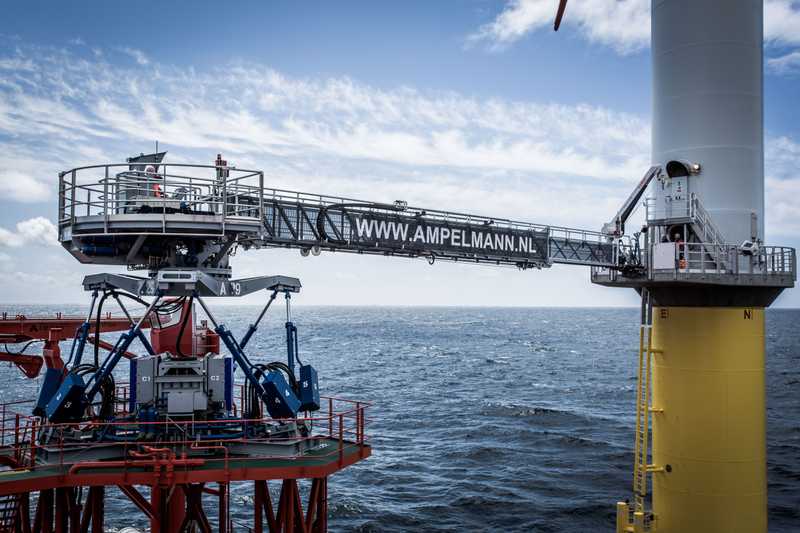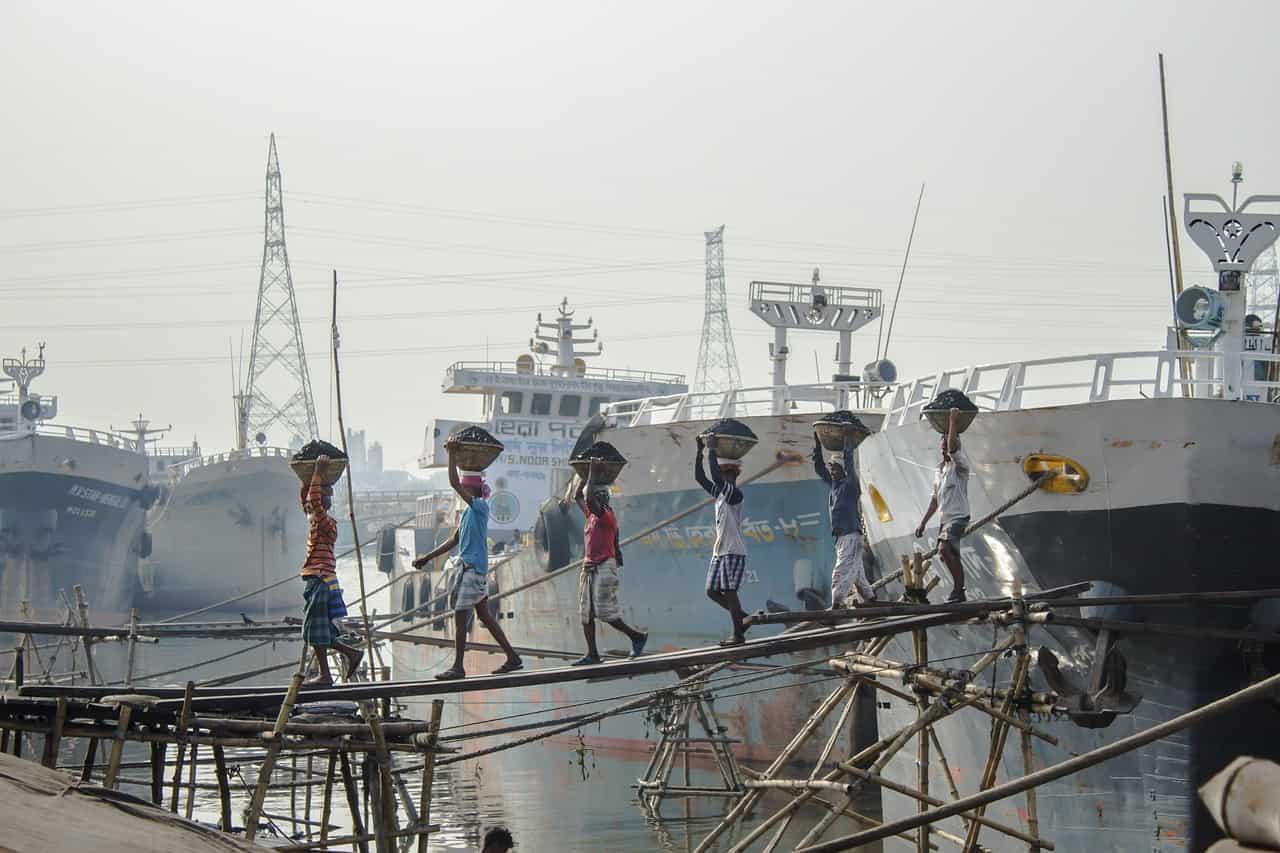
The global energy sector, with over 67 million workers, is facing a significant skills gap, despite creating millions of job opportunities worldwide, particularly in clean technologies. The boom in clean energy employment has resulted in a skill shortage, posing a barrier to the sector’s growth. The EU’s Net-Zero Industry Act aims to accelerate the manufacturing of clean technologies, contributing to decarbonisation and creating green jobs. However, the transition to a clean energy future isn’t just about manufacturing. It’s about building a resilient workforce.
- The global energy sector faces a skills shortage, hindering clean technology growth.
- Global shifts in clean energy employment highlight the need for strategic planning and collaboration in workforce development.
- Fostering a culture of continuous learning and investing in future-proof initiatives are vital.
As the energy sector evolves, the question of how to fill its growing ranks with qualified workers has become more pressing. The International Energy Agency’s recent report highlights a stark reality: the rapid growth in clean energy jobs is outpacing the supply of skilled workers. This shortage is particularly evident in vocational roles and science, technology, and engineering professions, where the demand is increasing.
The issue is not just about numbers; it’s about expertise. For the EU, which is striving to become the home of clean technology manufacturing and green jobs, the challenge is to align the workforce’s skills with the ambitious goals of the Net-Zero Industry Act. This Act is the cornerstone of the European Green Deal and aims to set new standards in sustainability and energy security.
Retraining for resilience
Addressing this skills gap requires a multi-faceted approach. One part of the solution lies in retraining workers from declining industries. McKinsey’s research shows that workers who adapt to change and adversity often have an edge in today’s volatile job market. Therefore, equipping employees from ‘old’ industries with new skills could not only fill the clean energy sector’s vacancies but also provide a fresh start for many.
Retraining, however, should not be seen as a quick fix. It requires significant investment and time. It also raises the question of economic sense: is it viable to close traditional industries in favour of new ones? The answer is complex. While some fossil fuel-related jobs will become obsolete, the transition is expected to create two clean energy jobs for every job lost. This suggests a net gain in employment, but only if the transition is managed with foresight and strategic planning.
Global shifts in employment
China’s role in the clean energy job market is formidable, with the largest share of jobs added globally. This speaks to a broader trend of energy employment shifting towards economies that have invested heavily in clean technologies. The EU’s proposed legislation, including the Net-Zero Industry Act, aims to bolster domestic manufacturing of strategic net-zero technologies, ensuring the Union is not left behind.
However, success relies on more than just legislation. It hinges on the ability of educational institutions to develop programmes that meet the industry’s needs. The IEA’s Executive Director, Fatih Birol, underscores the urgency, asserting that governments, industry, and academia must collaborate to deliver the necessary expertise.
Fostering a culture of learning
One key to unlocking the potential of the workforce is continuous learning. In the face of technological advancements, particularly in AI and digitalization, companies must foster a culture of perpetual learning. This not only bridges the current skills gap but also prepares the workforce for future demands.
An AI-first approach, as highlighted by McKinsey, can aid in creating sustainable talent pipelines and improving work processes. However, only 5% of business leaders believe their organizations currently possess the required capabilities. This gap presents an opportunity for proactive companies to lead the way in workforce development.
Investing in the future
The European Union’s Recovery and Resilience Facility (RRF) is a testament to the importance of investment in shaping a resilient, future-proof economy. With an impressive budget, the RRF focuses on reforms and projects that align with the green and digital transitions. It represents a clear commitment to nurturing a workforce capable of driving these transitions forward.

Indeed, the RRF acknowledges the critical role of secure, affordable, and clean energy, especially in reducing reliance on Russian fossil fuels. It is a comprehensive tool that integrates the European Semester process, ensuring a harmonised approach to recovery and resilience across member states.
Closing thoughts
Ultimately, the energy sector’s skills shortage is both a challenge and an opportunity. It underscores the need for a strategic, long-term vision in workforce development, aligned with the evolving demands of the energy transition. The EU’s legislative and financial commitments offer a framework for action, but the success of these efforts will depend on the execution of comprehensive education and training programmes.
As the sector moves forward, so must its workforce. The transition to cleaner energy sources is not just about technology; it’s about people. The individuals who will install the solar panels, manage the wind farms, and engineer the batteries are the real drivers of change. Empowering them with the right skills is not an option; it is an imperative for a sustainable energy future.







